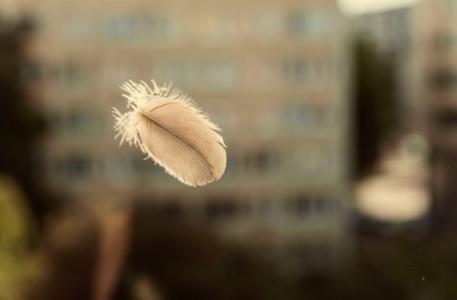
How to Prevent Birds from Hitting Your Windows
Large panes of glass can provide lovely, unimpeded views of the outdoors, but they often pose a deadly threat to birds. After the sickening “thud” of a bird’s collision, you may see visible signs of the impact on the glass and find the poor creature lying motionless.
Even if a bird manages to fly away, it may suffer internal hemorrhaging, concussions, or damage to its bills, wings, eyes, or skulls, eventually leading to death or making them more vulnerable to predators.
There are numerous ways to prevent bird kills and each approach has its pros and cons, including cost, appearance, and ongoing maintenance. In addition, some methods will block your views of the outdoors more than others.
First, it’s essential to understand that birds collide with glass because they don’t see it as a solid object. Instead, they perceive the reflected image as open space or inviting vegetation.
So, most methods involve eliminating reflections or breaking them into smaller components with no more than two to four inches of reflecting glass.
Apply visible patterns to the glass.
Decals applied to the exterior side of your glass windows can be an effective deterrent, but only if they’re spaced closely together.
That’s one reason some prefer applying strips of tape in a grid pattern using black, white or colored tape. Wider strips and narrower spacing increase the effectiveness of window tapes.
You can also purchase tape strips and films incorporating evenly spaced dots or grid patterns that are mainly transparent. Two providers are CollidEscape and SOYLYX.
Acopian BirdSavers (also called “Zen curtains”) isn’t applied directly to windows but have a similar effect as window tape. Evenly spaced cords hang down over windows and gently sway in the breeze. You can order them or make your own.
Add a physical barrier.
Many homeowners use insect screens, especially during warm-weather months. In addition to keeping mosquitos and other insects out of your home, they are also helpful for preventing birds from flying into your windows.
Similarly, you can stretch lightweight polypropylene bird netting over your window’s exterior. If it’s taught and at least three inches from the glass, birds will bounce off it before hitting the glass. Stick to a smaller mesh so birds don’t become tangled in it.
Screen and bird netting can protect birds while giving you unimpeded views.
External window blinds with adjustable slats are another option. Some can be controlled remotely. In addition to protecting birds, you may also benefit from improving your home’s energy efficiency.
Eliminate the reflection.
This may be the most effective way to eliminate bird collisions but may not be compatible with your budget or your desire to see outside your home.
For example, you can frost your glass with temporary films or permanent etching techniques. Soap or tempera paint is also an effective, non-permanent option. But these techniques will only eliminate glass reflections if applied to a window’s exterior side.
Window awnings can effectively eliminate reflections while also maintaining your ability to see outdoors and reducing heat gain inside your home.
Another novel approach is installing windows with a slight downward angle, so the glass doesn’t reflect the sky and trees. The tilt is subtle and unnoticeable to homeowners. However, finding an installer who will support this approach may be difficult.
